Title: Exploring the Differences between Flexible Cable and Flexible Cord: Choosing the Right Solution for Your Electrical Needs Introduction: In the world of electrical wiring and installations, the terms “flexible cable” and “flexible cord” are often used interchangeably. However, while they may seem similar, there are significant differences between the two in terms of design, functionality, and application. This article aims to shed light on these distinctions, enabling business owners and professionals to make informed decisions when choosing the most suitable solution for their electrical requirements. Flexibility and Mobility: One of the primary differences between flexible cable and flexible cord lies in their flexibility and mobility features. Flexible cables, commonly referred to as power cables, are typically designed with sturdy and durable outer sheaths. They are primarily used in fixed installations where limited movement is expected, such as connecting electrical appliances to wall outlets or connecting devices within machinery. On the other hand, flexible cords, also known as portable cords, are intentionally engineered to withstand repeated bending, flexing, and handling.
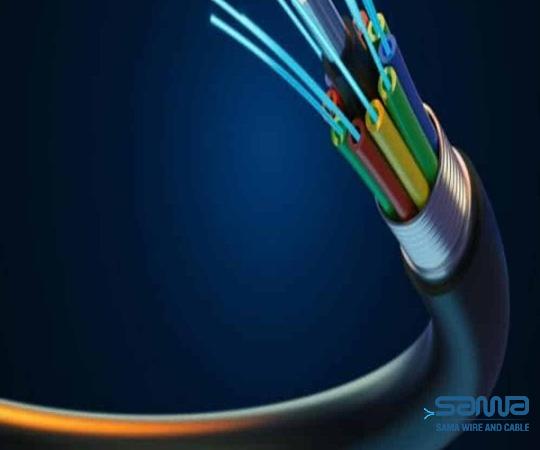
.
 These cords are meant for applications that demand frequent movement or repositioning of electrical equipment, such as power tools, portable appliances, extension cords, and temporary installations. Conductivity and Capacity: Another important distinction revolves around the conductive capabilities and power-carrying capacity of flexible cables and cords. Flexible cables, comprising conductors encased in insulation materials, are designed to effectively carry electrical currents over extended distances. They are commonly used in overall larger electrical systems, in residential, commercial, and industrial settings. Flexible cords, while also containing conductors and insulation, are designed for shorter distances and lower current-carrying capacity. Their purpose is to provide power to portable appliances and equipment, typically over smaller or temporary setups. Environmental Considerations: Environmental conditions play a significant role in differentiating between flexible cables and flexible cords.
These cords are meant for applications that demand frequent movement or repositioning of electrical equipment, such as power tools, portable appliances, extension cords, and temporary installations. Conductivity and Capacity: Another important distinction revolves around the conductive capabilities and power-carrying capacity of flexible cables and cords. Flexible cables, comprising conductors encased in insulation materials, are designed to effectively carry electrical currents over extended distances. They are commonly used in overall larger electrical systems, in residential, commercial, and industrial settings. Flexible cords, while also containing conductors and insulation, are designed for shorter distances and lower current-carrying capacity. Their purpose is to provide power to portable appliances and equipment, typically over smaller or temporary setups. Environmental Considerations: Environmental conditions play a significant role in differentiating between flexible cables and flexible cords.
..
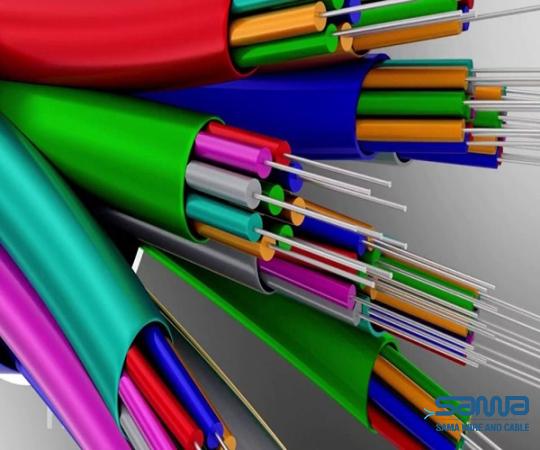 Flexible cables, owing to their fixed installations, are often designed to withstand harsh or challenging environments, such as extreme temperatures, moisture, chemicals, or mechanical stress. Flexible cords, on the other hand, are built with greater resistance to abrasion, impact, and rough handling. The insulation materials used in flexible cords are specifically chosen to meet stringent safety regulations, ensuring protection against accidental current leakage and shocks. Safety Considerations: Ensuring safety in electrical systems is paramount. Both flexible cables and flexible cords adhere to stringent safety standards and regulations. However, the nature of their applications results in varying norms and certifications. Flexible cables in fixed installations are subject to regulations specific to their purpose, location, and the governing electrical codes in the area.
Flexible cables, owing to their fixed installations, are often designed to withstand harsh or challenging environments, such as extreme temperatures, moisture, chemicals, or mechanical stress. Flexible cords, on the other hand, are built with greater resistance to abrasion, impact, and rough handling. The insulation materials used in flexible cords are specifically chosen to meet stringent safety regulations, ensuring protection against accidental current leakage and shocks. Safety Considerations: Ensuring safety in electrical systems is paramount. Both flexible cables and flexible cords adhere to stringent safety standards and regulations. However, the nature of their applications results in varying norms and certifications. Flexible cables in fixed installations are subject to regulations specific to their purpose, location, and the governing electrical codes in the area.
…
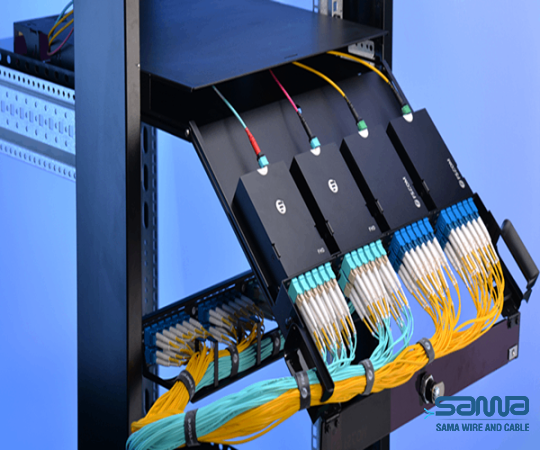 In contrast, flexible cords are subject to additional certifications that take into account the mobility, flexibility, and handling requirements unique to their applications. Conclusion: In conclusion, understanding the differences between flexible cable and flexible cord is crucial when planning and implementing electrical installations. While both variations serve distinct purposes, their functionality, durability, power capacity, and safety considerations differ significantly. By comprehending these differences, businesses and professionals can make informed decisions, ensuring optimal safety, efficiency, and compliance with industry standards.
In contrast, flexible cords are subject to additional certifications that take into account the mobility, flexibility, and handling requirements unique to their applications. Conclusion: In conclusion, understanding the differences between flexible cable and flexible cord is crucial when planning and implementing electrical installations. While both variations serve distinct purposes, their functionality, durability, power capacity, and safety considerations differ significantly. By comprehending these differences, businesses and professionals can make informed decisions, ensuring optimal safety, efficiency, and compliance with industry standards.
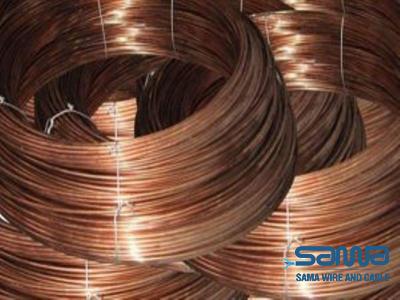
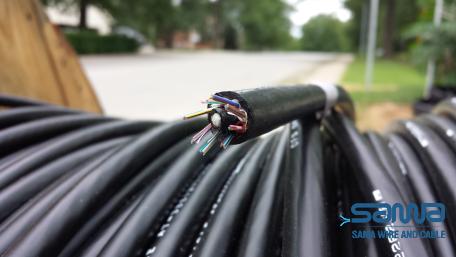
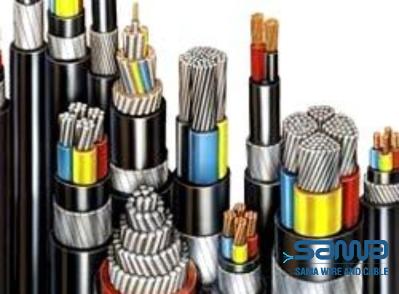

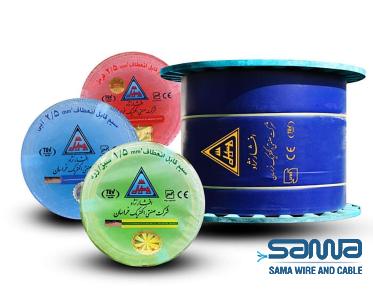
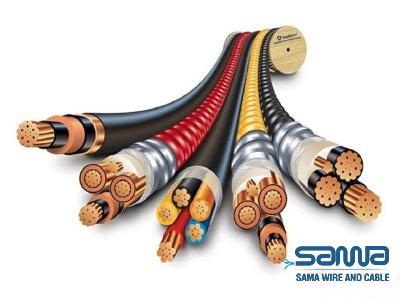
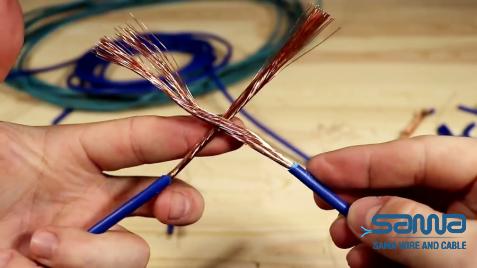
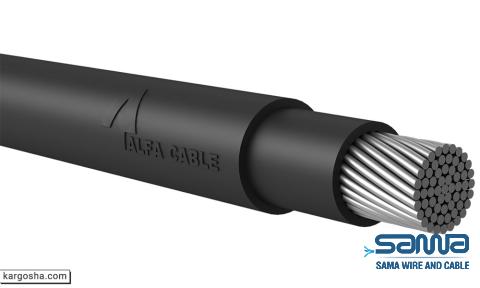
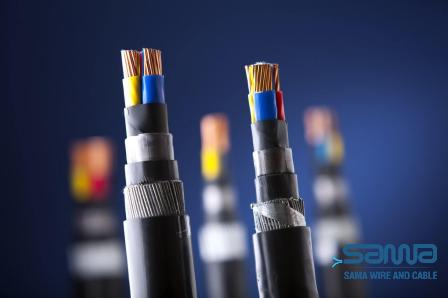
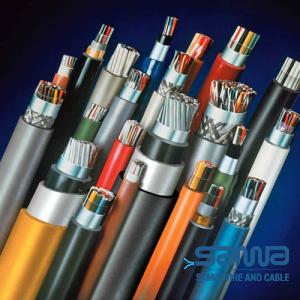
Your comment submitted.